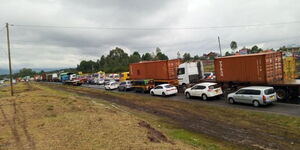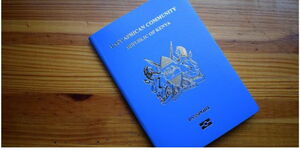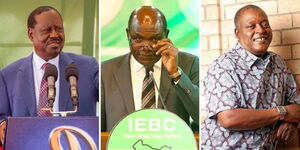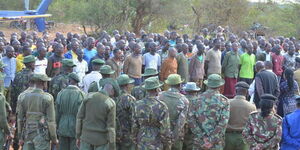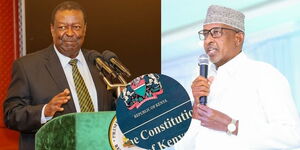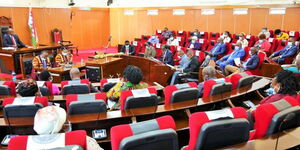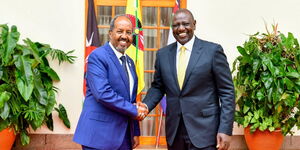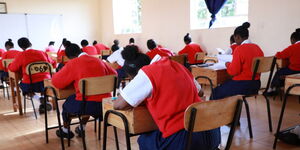Kenyans affected by human-wildlife conflicts (HWC) will soon be able to receive compensation through mobile money payments after the Wildlife Cabinet Secretary, Rebecca Miano, launched the Human-Wildlife Conflict Compensation Drive on Wednesday, May 7.
The initiative has already been piloted in six counties, and Ksh10 million of claims have already been paid, with 804 pending claims set to follow soon.
According to the ministry, it seeks to streamline the compensation of Kenyans affected by these conflicts, enabling some to even receive payments of less than Ksh100,000 straight to their phones.
"The government appreciates the patience and sacrifice of the communities that have borne the brunt of human-wildlife conflict over the years," CS Miano stated.
"Going forward, I, on behalf of the Government, reassure Kenyans of the commitment to address issues of human-wildlife conflict as a matter of priority."
Backing the initiative is the transformative and digitally enabled compensation scheme launched in 2024 to replace outdated manual systems. The model aims at enhancing transparency first and foremost.
Over the past few years, Kenyans living near or amongst the wildlife have had to face an uphill battle chasing compensation due to a lack of a clear-cut process.
Before the enactment of the Wildlife Conservation and Management Act of 1976, no such consideration existed. Since then, more obstacles have presented themselves, with changing times calling for a more technology-driven approach.
“Evidently, over that period, we have had a fair share of trials and triumphs in the bid to compensate victims of human-wildlife conflict. Today, we announce a transformative step in confronting the challenge of human-wildlife conflict,” CS Miano admitted.
“The new era of compensation for affected communities is a model anchored on transparency and built on technology, equity, and prospects for enduring partnerships. This new approach will prosper more if information around it is disseminated clearly and in a timely manner.”
Through the Wildlife Conservation and Management Act (2013), the ministry has also revived County-level Community Wildlife Compensation Committees (CWCCS) to ensure that affected parties are handled in a devolved system.
The model has been designed to reduce delays, combat graft, and place the decision-making process to the people and communities that coexist with wildlife.

